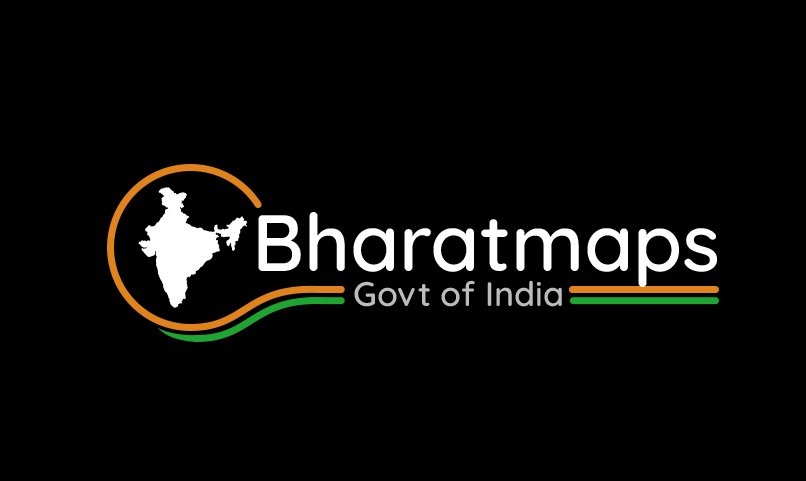
Introduction
BharatMaps is a comprehensive geospatial platform developed by the Indian government to provide detailed, real-time geographic data for various applications. It integrates multiple layers of information, including topography, land use, infrastructure, and administrative boundaries, offering a powerful tool for governance, planning, and development.
Overview of BharatMaps
BharatMaps is managed by the National Informatics Centre (NIC) under the Ministry of Electronics and Information Technology (MeitY). The platform is designed to provide government departments, businesses, and citizens with access to geospatial data through an interactive and user-friendly interface. It aligns with the Digital India initiative, which aims to enhance the use of technology for governance and citizen services.
Key Features
- Multi-Layered Geospatial Data: BharatMaps integrates satellite imagery, road networks, administrative boundaries, and other crucial geographic information.
- Real-Time Data Access: The platform offers real-time updates on weather conditions, traffic, and infrastructure developments.
- Government Schemes Integration: BharatMaps provides insights into various government initiatives, such as Smart Cities, PMGSY (Pradhan Mantri Gram Sadak Yojana), and urban planning.
- Customizable Mapping Tools: Users can overlay different datasets to analyze and visualize geographic patterns effectively.
- Integration with Other Government Portals: It connects with GIS-based services like Bhuvan (ISRO’s geospatial platform) and other state-specific GIS applications.
Applications of BharatMaps
BharatMaps serves multiple sectors by providing reliable geographic information for decision-making. Below are some of its major applications:
1. Urban and Rural Planning
- Helps municipal authorities in land-use planning, resource allocation, and urban infrastructure development.
- Supports rural development schemes such as MNREGA (Mahatma Gandhi National Rural Employment Guarantee Act) and rural road mapping.
2. Disaster Management
- Provides real-time satellite imagery and weather data for effective disaster response and relief efforts.
- Helps authorities monitor flood-prone areas, landslides, and other natural calamities.
3. Agriculture and Land Management
- Assists farmers with soil health maps, crop patterns, and irrigation planning.
- Supports government initiatives like PM-KISAN and Pradhan Mantri Fasal Bima Yojana (PMFBY).
4. Transportation and Infrastructure Development
- Aids in the planning and monitoring of road networks, railway expansion, and smart city projects.
- Facilitates real-time traffic monitoring and route optimization.
5. Environment and Ecology
- Tracks deforestation, pollution levels, and changes in land cover.
- Supports environmental policies by providing geospatial insights into climate change impacts.
Significance of BharatMaps
BharatMaps plays a crucial role in India’s digital transformation by enabling efficient decision-making across various sectors. It promotes transparency, efficiency, and accuracy in governance while empowering businesses and individuals with critical geospatial information. The platform also aligns with India’s push toward self-reliance in geospatial technology and mapping services.
Conclusion
BharatMaps is a revolutionary step in India’s geospatial infrastructure, offering a robust platform for mapping, planning, and governance. As India continues to expand its digital capabilities, BharatMaps will remain a vital tool for policymakers, businesses, and citizens in leveraging geographic information for national development.



